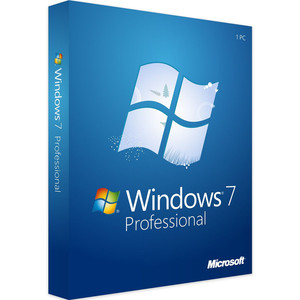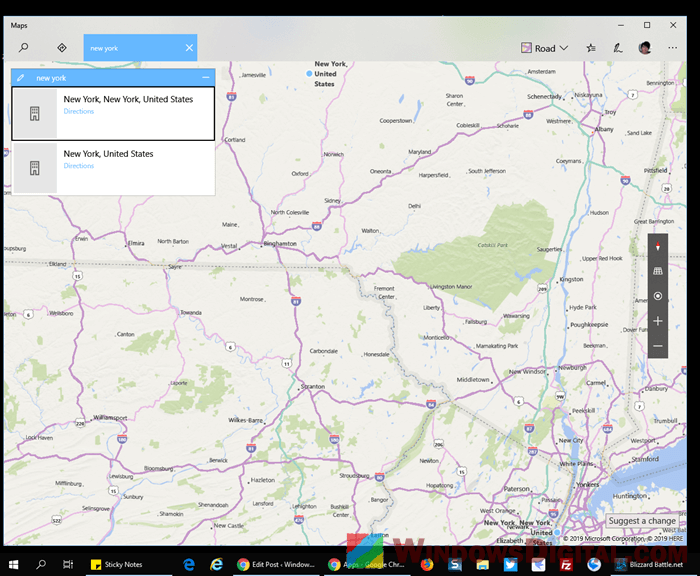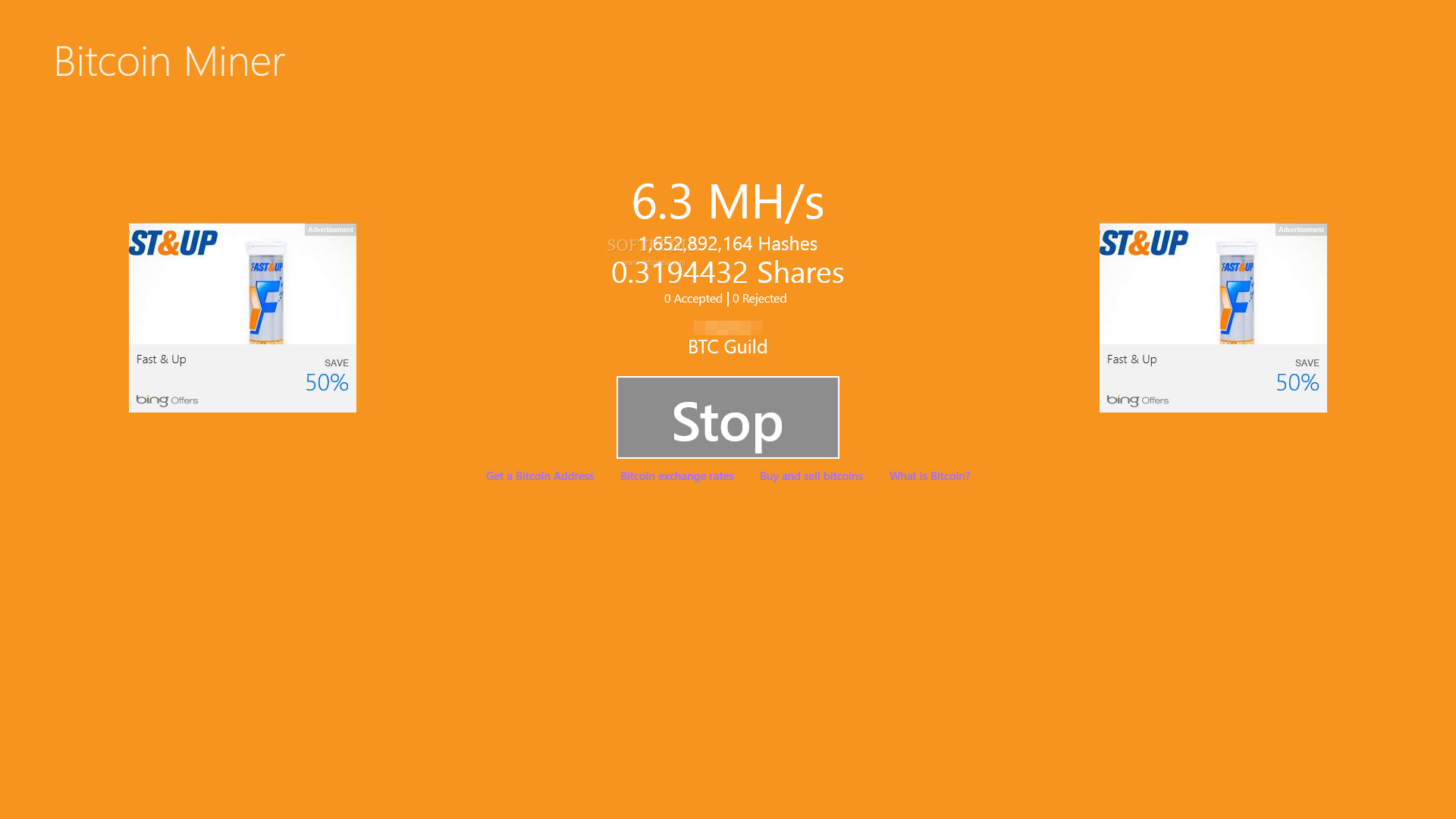Windows CE, XP/Vista/7,8, Mobile packages (Sygic Legacy 2D version) To guarantee high quality and stability on less powerful devices we offer a 2D version of the navigation software. It's a well-established product that has been on the market for 8 years and is in constant development. Igo Primo For Windows Ce 6.0 Download - Igo Primo For Windows Ce. The latest software update introduces features, such as Google search, TTS Pro and satellite imagery. IGO Primo 3D CAR GPS Navigation Software with USACANADA Maps microSDSD Card (Latest 2016 Map This software is designed for In-dash Car Navigation System that run. It works with Windows Mobile 6 and newer devices. MySquare mySquare is a free location based application for Windows Phone Mobile version 6.0 and above. It uses the gps in your phone to display nearby points of interest as well as allowing you to see where your friends are. It is also integrated with google maps. Available as a free download.
| A version of the Windows CE operating system | |
| Developer | Microsoft |
|---|---|
| Source model |
|
| Released to manufacturing | November 1, 2006 |
| Latest release | 6.0 R3 / September 22, 2009[1] |
| Kernel type | Hybrid kernel |
| License | Commercial software |
| Preceded by | Windows CE 5.0 |
| Succeeded by | Windows Embedded Compact 7 |
| Official website | Official website |
| Support status | |
| Mainstream | Ended on April 9, 2013[2] |
| Extended | Ended on April 10, 2018[2] |
Windows Embedded CE 6.0 (codenamed 'Yamazaki')[3] is the sixth major release of the Microsoft Windowsembedded operating system targeted to enterprise-specific tools such as industrial controllers and consumer electronics devices like digital cameras. CE 6.0 features a kernel that supports 32,768 processes, up from the 32-process limit of prior versions. Each process receives 2 GB of virtual address space, up from 32 MB.
Where can I obtain IGO software for in car media system operating on win CE 6.0 SD card. ( Does not have to be a free download ). My system comes with TOM TOM software but I find Igo is far superior as I have older version on my portable sat nav which runs on win CE 5.0 Many thanks Bill G.

Windows Embedded CE 6.0 was released on November 1, 2006 and includes partial source code.[4] The OS currently serves as the basis for the Zune HDportable media player. Windows Mobile 6.5 is based on Windows CE 5.2. Windows Phone 7, the first major release of the Windows Phone operating system, is based on Windows Embedded CE 6.0 R3; although Windows Phone 7 is also using Windows Embedded Compact 7 features.[5]
New features[edit]
- Some system components (such as filesystem, GWES (graphics, windowing, events server),[6]device driver manager) have been moved to the kernel space.
- The system components which now run in kernel have been converted from EXEs to DLLs, which get loaded into kernel space.
- New virtual memory model. The lower 2 GB is the process VM space and is private per process. The upper 2 GB is the kernel VM space.
- New device driver model that supports both user mode and kernel mode drivers.
- The 32 process limit has been raised to 32,768 processes.
- The 32 megabyte virtual memory limit has been raised to the total virtual memory; up to 2 GB of private VM is available per process.
- The Platform BuilderIDE is integrated into Microsoft Visual Studio 2005 as plugin (thus forcing the client to obtain Microsoft Visual Studio 2005 also), allowing one development environment for both platform and application development.
- Read-only support for UDF 2.5 filesystem.
- Support for Microsoft's exFAT filesystem.
- 802.11i (WPA2) and 802.11e (QoS) wireless standards, and multiple radio support.
- CE 6.0 is compatible with x86, ARM, SH4 (only up to R2)[7] and MIPS based processor architectures.
- New Cellcore components to enable devices to easily make data connections and initiate voice calls through cellular networks.
New features in R3[edit]


Windows Embedded CE 6.0 R3 was finalized in September 2009 for OEMs and serves as the base platform for the Zune HD and Windows Phone 7. CE 6.0 R3 includes the following new features and abilities:[8][9]
| Silverlight for Windows Embedded | Abilities brought to Windows Embedded CE to create rich applications and user interfaces |
| Internet Explorer Embedded | Has multi-touch panning and zooming abilities and a customizable interface to optimize the browsing experience on devices |
| Flash Lite | Browser plug in to render rich media websites; not available in Windows Phone 7 |
| Touch and Gesture | Plug-in engine to enable natural input abilities such as four-point multi-touch, advanced gestures and complex 3D animations |
| Connection Manager | Infrastructure technology to manage multiple network interfaces on the device |
| Microsoft Office and PDF viewers | Applications to render Microsoft Office Word, PowerPoint, Excel and Adobe PDF content on the device |
Note that these features listed here are not all specific to Windows Phone 7 or the Zune HD.
References[edit]
- ^http://www.microsoft.com/windowsembedded/en-us/news/pressreleases/cer3_release.mspx
- ^ ab'Microsoft Support Lifecycle'. Microsoft Support. Microsoft. Retrieved February 6, 2015.
- ^Tilley, Chris (2001-02-18). 'The History of Windows CE'. HPC:Factor. Retrieved 2016-04-28.
- ^'Special Report: Windows CE 6 arrives with 100% kernel source'. Archived from the original on August 20, 2012.
- ^'Windows Phone 7 based on a hybrid Windows CE 6 / Compact 7 kernel?'. Engadget. Retrieved 2016-04-25.
- ^'Shell, GWES, and User Interface (Windows Embedded CE 6.0)'. msdn.microsoft.com. Retrieved 2016-04-25.
- ^'Windows Embedded CE'. Microsoft. Microsoft. Retrieved February 6, 2015.
- ^Development Tools | Windows Embedded CE Tools for Developers
- ^Development Resources | Windows Embedded CE 6.0
Driving Directions
- 'Windows Embedded CE 6.0 New Kernel Architecture (Microsoft PowerPoint presentation)'. Microsoft.
- 'Windows Embedded CE 6.0 Platform Builder Overview'. MSDN.
- 'Windows Embedded CE'. MSDN.


External links[edit]
- History of Windows CE, by HPC:Factor with screenshots of the various versions
- Bor-Ming Hsieh and Sue Loh: 3rd Generation Kernel for Windows CE — Channel 9 Interview
- Juggs Ravalia: Windows Embedded CE 6.0 Device Driver Model — Channel 9 Interview
| A version of the Windows CE operating system | |
| Developer | Microsoft |
|---|---|
| Source model |
|
| Released to manufacturing | November 1, 2006 |
| Latest release | 6.0 R3 / September 22, 2009[1] |
| Kernel type | Hybrid kernel |
| License | Commercial software |
| Preceded by | Windows CE 5.0 |
| Succeeded by | Windows Embedded Compact 7 |
| Official website | Official website |
| Support status | |
| Mainstream | Ended on April 9, 2013[2] |
| Extended | Ended on April 10, 2018[2] |
Windows Embedded CE 6.0 (codenamed 'Yamazaki')[3] is the sixth major release of the Microsoft Windowsembedded operating system targeted to enterprise-specific tools such as industrial controllers and consumer electronics devices like digital cameras. CE 6.0 features a kernel that supports 32,768 processes, up from the 32-process limit of prior versions. Each process receives 2 GB of virtual address space, up from 32 MB.
Windows Embedded CE 6.0 was released on November 1, 2006 and includes partial source code.[4] The OS currently serves as the basis for the Zune HDportable media player. Windows Mobile 6.5 is based on Windows CE 5.2. Windows Phone 7, the first major release of the Windows Phone operating system, is based on Windows Embedded CE 6.0 R3; although Windows Phone 7 is also using Windows Embedded Compact 7 features.[5]
New features[edit]
- Some system components (such as filesystem, GWES (graphics, windowing, events server),[6]device driver manager) have been moved to the kernel space.
- The system components which now run in kernel have been converted from EXEs to DLLs, which get loaded into kernel space.
- New virtual memory model. The lower 2 GB is the process VM space and is private per process. The upper 2 GB is the kernel VM space.
- New device driver model that supports both user mode and kernel mode drivers.
- The 32 process limit has been raised to 32,768 processes.
- The 32 megabyte virtual memory limit has been raised to the total virtual memory; up to 2 GB of private VM is available per process.
- The Platform BuilderIDE is integrated into Microsoft Visual Studio 2005 as plugin (thus forcing the client to obtain Microsoft Visual Studio 2005 also), allowing one development environment for both platform and application development.
- Read-only support for UDF 2.5 filesystem.
- Support for Microsoft's exFAT filesystem.
- 802.11i (WPA2) and 802.11e (QoS) wireless standards, and multiple radio support.
- CE 6.0 is compatible with x86, ARM, SH4 (only up to R2)[7] and MIPS based processor architectures.
- New Cellcore components to enable devices to easily make data connections and initiate voice calls through cellular networks.
New features in R3[edit]
Windows Embedded CE 6.0 R3 was finalized in September 2009 for OEMs and serves as the base platform for the Zune HD and Windows Phone 7. CE 6.0 R3 includes the following new features and abilities:[8][9]
| Silverlight for Windows Embedded | Abilities brought to Windows Embedded CE to create rich applications and user interfaces |
| Internet Explorer Embedded | Has multi-touch panning and zooming abilities and a customizable interface to optimize the browsing experience on devices |
| Flash Lite | Browser plug in to render rich media websites; not available in Windows Phone 7 |
| Touch and Gesture | Plug-in engine to enable natural input abilities such as four-point multi-touch, advanced gestures and complex 3D animations |
| Connection Manager | Infrastructure technology to manage multiple network interfaces on the device |
| Microsoft Office and PDF viewers | Applications to render Microsoft Office Word, PowerPoint, Excel and Adobe PDF content on the device |
Google Maps For Windows Download
Note that these features listed here are not all specific to Windows Phone 7 or the Zune HD.
References[edit]
- ^http://www.microsoft.com/windowsembedded/en-us/news/pressreleases/cer3_release.mspx
- ^ ab'Microsoft Support Lifecycle'. Microsoft Support. Microsoft. Retrieved February 6, 2015.
- ^Tilley, Chris (2001-02-18). 'The History of Windows CE'. HPC:Factor. Retrieved 2016-04-28.
- ^'Special Report: Windows CE 6 arrives with 100% kernel source'. Archived from the original on August 20, 2012.
- ^'Windows Phone 7 based on a hybrid Windows CE 6 / Compact 7 kernel?'. Engadget. Retrieved 2016-04-25.
- ^'Shell, GWES, and User Interface (Windows Embedded CE 6.0)'. msdn.microsoft.com. Retrieved 2016-04-25.
- ^'Windows Embedded CE'. Microsoft. Microsoft. Retrieved February 6, 2015.
- ^Development Tools | Windows Embedded CE Tools for Developers
- ^Development Resources | Windows Embedded CE 6.0
Free Gps Software And Maps
- 'Windows Embedded CE 6.0 New Kernel Architecture (Microsoft PowerPoint presentation)'. Microsoft.
- 'Windows Embedded CE 6.0 Platform Builder Overview'. MSDN.
- 'Windows Embedded CE'. MSDN.
Google Maps For Windows Ce 6.0 Downloadd Free
External links[edit]
- History of Windows CE, by HPC:Factor with screenshots of the various versions
- Bor-Ming Hsieh and Sue Loh: 3rd Generation Kernel for Windows CE — Channel 9 Interview
- Juggs Ravalia: Windows Embedded CE 6.0 Device Driver Model — Channel 9 Interview